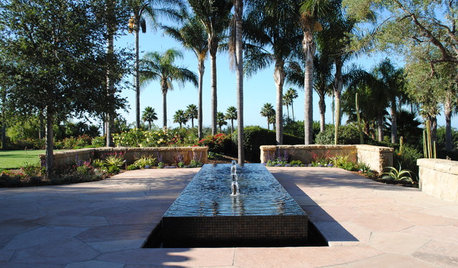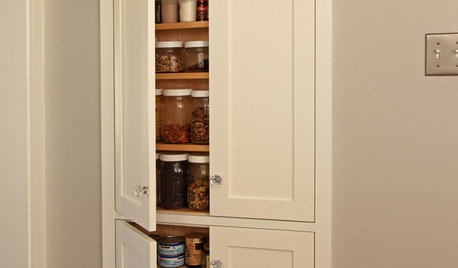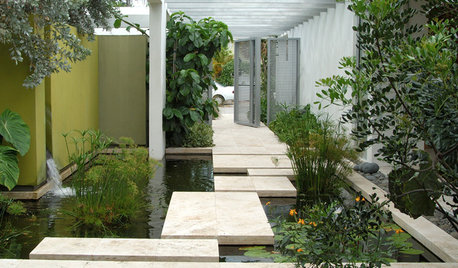Girdled Tap Root?? What to do??
pricklypearsatx
15 years ago
Related Stories

GARDENING AND LANDSCAPINGGardens Tap Into Rill Water Features
Rooted in ancient design, this water feature is popular again as a way to help contemporary landscapes flow
Full Story
HOUZZ TOURSHouzz Tour: Redo Stays True to a California Home’s Ranch Roots
Vaulted ceilings, windows galore and a simple white palette make for casual indoor-outdoor living
Full Story
LIFETracing the Deep Roots of Design
Are our design choices hardwired? Consider the lasting appeal of forms from the hunter-gatherer life
Full Story
STORAGETap Into Stud Space for More Wall Storage
It’s recess time. Look to hidden wall space to build a nook that’s both practical and appealing to the eye
Full Story
KITCHEN DESIGNTap Into 8 Easy Kitchen Sink Updates
Send dishwashing drudgery down the drain with these ideas for revitalizing the area around your kitchen sink
Full Story
ECLECTIC HOMESMy Houzz: A Cottage With Cozy Charm and Show Biz Treasures
A Melbourne, Australia, home displays its owner’s theatrical roots and eclectic style
Full Story
EVENTSIn Connecticut, a Midcentury Legacy Evolves for Modern Times
A May house tour taps into New Canaan’s rich repository of modernist homes and contemporary designs
Full Story
LANDSCAPE DESIGN8 Modern-Day Moats That Float Our Boats
See how a simple water barrier with ancient roots can make for an eye-catching contemporary garden feature
Full Story
SAVING WATER11 Ways to Save Water at Home
Whether you live in a drought-stricken area or just want to help preserve a precious resource, here are things you can do to use less water
Full Story
INSPIRING GARDENSFrom Concrete Lot to Gracious Organic Garden in Seattle
Plants, pests and even weeds have a place in this landscape, which offers an edible bounty and a feast for the eyes
Full StorySponsored
Industry Leading Interior Designers & Decorators in Franklin County






pricklypearsatxOriginal Author
brandon7 TN_zone7
Related Discussions
Do all magnolias have a tap root ?
Q
Girdling roots on Autumn Blaze Maple?
Q
girdled roots?
Q
Girdling Woody Root.... Prune or Leave it Alone?
Q
jean001
ltruett
brandon7 TN_zone7
ltruett
dricha
pricklypearsatxOriginal Author
ken_adrian Adrian MI cold Z5
lou_spicewood_tx
pricklypearsatxOriginal Author
ken_adrian Adrian MI cold Z5
pricklypearsatxOriginal Author
lou_spicewood_tx
pricklypearsatxOriginal Author
pricklypearsatxOriginal Author
GuardinDawg
brandon7 TN_zone7
GuardinDawg
Embothrium
brandon7 TN_zone7
GuardinDawg
Embothrium
brandon7 TN_zone7
GuardinDawg
Embothrium
brandon7 TN_zone7
wisconsitom
GuardinDawg